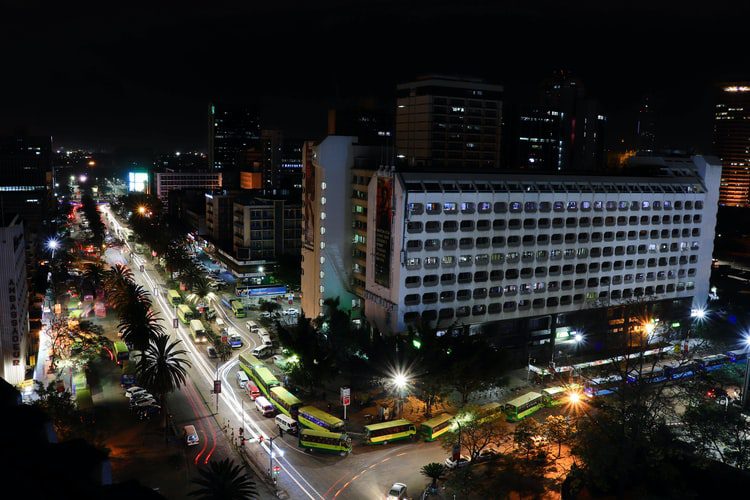While we all hope for good times and great investment returns, ups and downs cannot be avoided in the journey. In fact, challenges are a chance to grow and rejuvenate, creating new ideas in the market. 2019 was one of the years the real estate industry would like to forget. It came as a rude shock to those who had this idea that the real estate sector is risk-free, due to its liquidation value and the fact it is an asset-backed investment. People should understand that property provides better investment property insecurity compared to other forms of investment. This however does not mean that the industry is completely free from risk.
The year 2019 in this case suffered from several factors that conspired to make the whole year a nightmare for most of the investors. High land prices, credit crunch, uninspiring mortgages and high number of non-performing loans are some of the factors that led to the struggle in a sector that had so much potential.
The truth is some of the above factors were beyond the control of the industry, some existing as a result of the state of the nation financially. Matters may even get worse in this year due to the Covid-19 pandemic that has affected not only Kenya but the whole world.
In a report by bank supervision, the real estate was said to be pulling the economy of Kenya down for being in the top position of bad debts with lenders. Auctioning of real estate companies had already been a trend that would not end anytime soon in the industry. The report also stated while the outstanding total loan assets rose to Ksh 224 million, so did the non-performing loans to Sh38.1 billion. Thus they pushed the banks to appoint auctioneers to act on homeowners who had failed to service their mortgage, holding assets that would lead to the next problem for being too expensive.
In the same year, the land prices continued to emulate the trend in the past 5 years for high land prices within Nairobi and satellite towns. The development of infrastructures in some of the undeveloped areas near Nairobi opened doors for investors to invest in some of these potential areas. This led to a spike in land prices in those areas. For example, the development of the eastern bypass saw the land prices in areas close to it rise, most of which the Fanaka real estate has championed in selling.
Also, the northern bypass greatly affected the land prices along the road and in Ruaka. Before the development, an acre of land would go on average at Ksh 40million but after the completion of the development, the same acre now goes for an average price of 80million.
In Nairobi, a city home that would go for Ksh 11 million in the past five years rose to Ksh 32 million. In contrast, the market was experiencing an oversupply in the middle the high-end areas, which was expected to lower the prices of homes in the city. Such a paradox! The oversupply in the market was not caused by a lack of interest by buyers in homes, but by the credit crunch that hit most of the small and medium enterprises in the country. This was like adding salt to a wound.
During a release of one of the real estate price indices, Sakina Hassanali said since real estate is a long-investment scheme, shortening of loans would affect many of the potential buyers in the industry by locking them out of the credit market. He also added that the only demand was for low-middle income housing in the remote areas as they try to minimize their spending in the present high cost of living.
As the real estate sector struggled throughout the year, the government came with some good news as the government launched newly built affordable homes and if implemented, the property prices would decrease as more stocks hit the market. Developments that were set to start this year will improve the state of the sector as consumption of cement increases and reverse the trend witnessed in the year 2019.

5 Bedroom Apartment for Sale in Kilimani

2 Bedroom Apartment for Sale on Menelik Road

4 bedroom apartment for sale on Dennis Pritt Road

3 bedroom apartment for sale on Dennis Pritt Road

